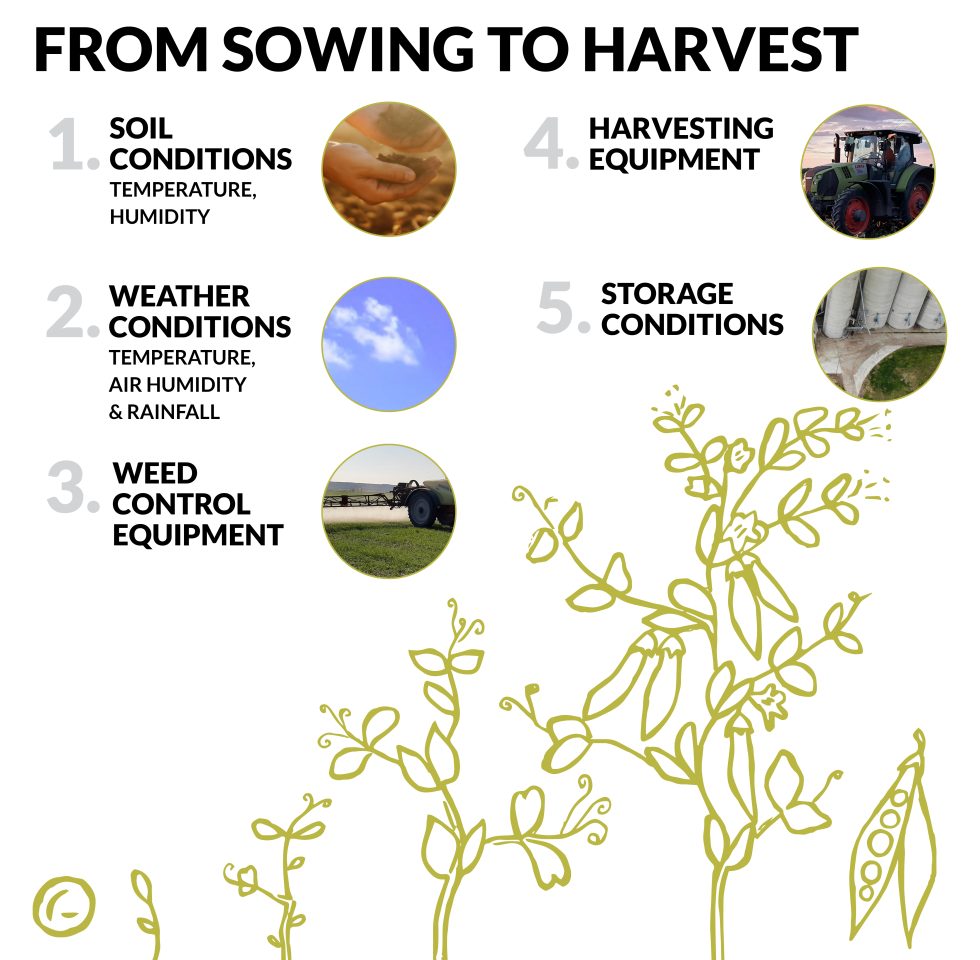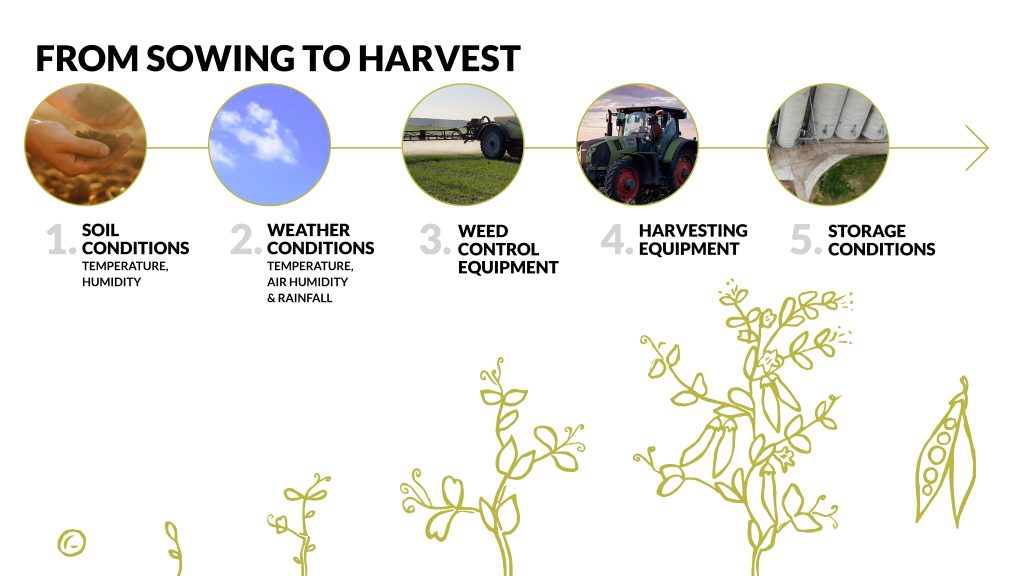Full Traceability & Transparency: Myth or Reality?
April 18, 2024Our data-driven approach to traceability enables comprehensive data collection at every step of the production process.
Read articleFood travels far before it hits our tables. Traceability guarantees food safety in every mile of its journey because we can follow its movement.

When it comes to food production and distribution, people want to know “what’s behind the curtain.” Transparency gives consumers added protection against potentially harmful practices that result in less than healthy food choices. This transparency means shedding light on the fitness of the entire value chain so that consumers can make those informed, healthy food choices. The main message is that greater access to information forces the food industry to make changes that improve more than just the bottom line. In fact, this transparency takes care of consumers and food producers alike. For consumers, it’s all about food safety, and for food producers it helps mitigate costs in the event of a recall. An effective tool in achieving all of this is traceability.
Over the last 20 years, the US Food and Drug Administration (FDA) and the EU have drafted regulations about food safety and the necessity for rapid food tracking through the food system, or its ‘traceability.’ The most recent legislation was enacted in response to massive food recalls, like in the Peanut Corporation of America case where nine people died and hundreds were infected with salmonella poisoning.
But can we go beyond traceability as it stands today? Are current standards enough to make the transition in the food system? Our mission is to encourage the use of out-of-the-box initiatives that improve the system and also food producers to mind what they buy and how they process it so that everyone eats healthier food. Any benefits for the environment will only help ensure future generations eat accessible and high quality food.
Today, the nodes of the food supply chain are both complementary and mutually dependent, but that means food travels many miles before it hits our tables. Designations like ‘farm to fork’ and ‘farm to table’ are meant to suggest fewer miles and processors before the food hits our tables. However, what consumers know about the food system can be sketchy. If we’re to guarantee the safety of food and its ingredients in every mile of its journey, we have to be able to follow its movement. That’s what traceability means, and is the key for building consumer trust in the food supply, and in safeguarding food.

LoginEKO is leading by example. We recently enjoyed the result of our first yield, harvesting 6,000+ tons of crops that are 100% traceable in everything from soil composition, treatment, seeds, harvesting, and storage. Our care and attention to the growth chain means that those crops can be sold to organic buyers, and that we can provide any needed information about the history of that produce. It also means we stand by what we grow. Another added benefit is to remove current excuses for those who don’t follow our lead.
Since food safety is so important to us, here’s how we’re implementing traceability:
For materials that we use:
For field operations that we do:
For products that we harvest:
We ensure the collection of traceability data on our farm with our own in-house software solution (different specialized modules ensuring traceability in different areas of farm and processing operations). This software solution will at some point in the future be available for free to external farms, as well.
For all traceability outside of our farm and our control (external transport & external processing, manufacturing of final products, retailers, etc.), we started preparing a POC (proof of concept) for a system to collect as much traceability data as possible in the simplest way possible, and as well relying on the GS1 standard while doing so. But this last part is something that we just started to research and design, and we do not have any working solution in place yet.
So, it is clear that LoginEKO takes traceability seriously, and continues to find ways to ensure transparency throughout our process. We will keep everyone posted as we progress with our POC development.
Lastly, by creating a way to follow the supply chain, additional benefits have emerged. Experts can now use tracking to see where the supply chain can be made more efficient and as a result, lower the carbon footprint of companies. It’s important to note that reducing carbon emissions is synonymous with reduced energy costs. So, by cutting emissions and finding where it’s possible to switch to cleaner energy sources, prices and the pollution level will decrease.
So, happy Earth, happy worth! Truly a win-win.
________________________________
SOURCES
Important Links:
Our data-driven approach to traceability enables comprehensive data collection at every step of the production process.
Read articleUsing yield monitoring technology, researchers at LoginEKO gained insights into how green manure influences wheat yields in real-world agricultural environments.
Read articleFarming is a part of the problem and a part of the solution when it comes to adapting and mitigating climate change.
Read article